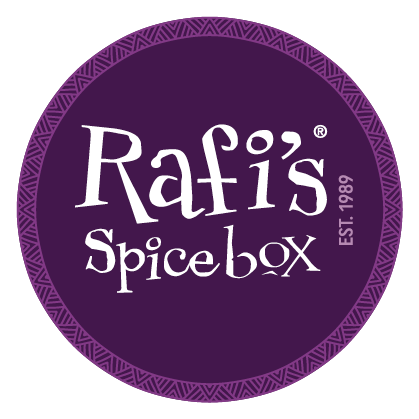How to cook spices
Spices can change aroma, flavour and appearance depending on how they are prepared and used.

Every spice holds a multitude of secrets, because even the simplest spice can change aroma, flavour and appearance depending on how they are prepared and used.
The four main ways to treat spice in Indian food are to use them whole; grate; dry-roast then grind; or temper: fry in oil. For example, it might seem that ground cumin, cumin powder and whole cumin are exactly the same, but while ground cumin has an earthy base, it lacks the smokey intensity that roasting lends it.
Whole spices
Whole spices are usually the dried seeds, roots and leaves of a plant, although fresh spices are wonderful if you can source them! One advantage of buying whole spices is that they tend to keep their flavour longer than ground spices; we, therefore, tend to buy whole spices and then grind them as needed This is the key to our Sambhar, the freshest spices, roasted and then ground!
Examples of whole spices are Green Cardamom, Black Cardamom and Cloves. Head to our Whole Spices Spice Tin section to see more.
Dry Roasting spices
You can dry roast spices in the oven if you are feeling brave, but this can easily lead to beeping fire alarms and ruined pans of desiccated coconut (it makes the perfect topping for South Indian Style Dhal like the Sambhar), so the safest and easiest method of toasting is in a hot, dry (no oil) frying pan.
Move the pan constantly to prevent the seeds from burning, much as you would when stir-frying. This will fill your house with a mouth-watering smell: it’s worth it for this alone! Toasted spices can then be stored in airtight containers waiting to be crushed in a Pestle and Mortar or ground.
Frying spices
In India, it is traditional to use ghee to temper seeds in order to achieve the right flavour: this is because the oil needs to be very hot in order to be effective, and ghee has a high smoking point.
For this reason, we don’t advise trying this technique with Olive Oil, but you can use coconut oil as a healthier alternative and common household oils like vegetable or sunflower.
Whatever you use, take a pan, add two tablespoons of ghee or oil, heat to a high temperature and begin adding spices; most recipes will advise adding mustard seeds first as they pop when the oil is at the optimal temperature.
This method is normally used at the time of cooking, rather than for preservation, as the aim is to add the aroma created to your dish as much as the flavour.
Grating spices
Many spices do not release their flavour until they are grated - just try eating a nutmeg whole! You can invest in fancy nutmeg graters if you like, they are very pretty, but a decent cheese grater with a fine perforation suffices in most kitchens.
Whatever you do with them, remember to check your ingredients for pungency! A good rule of thumb is, the more aromatic the spice, the purer the flavour.
We’d love to hear if these tips have helped you in the kitchen. Let us know your feedback on our Facebook, Instagram and TikTok. We love to see your curry creations, so please send us your foodie photos across.





